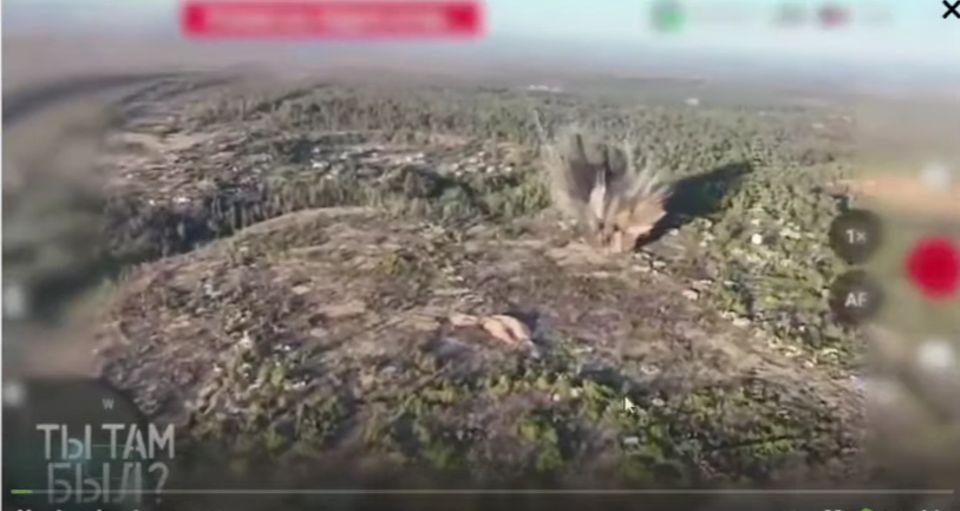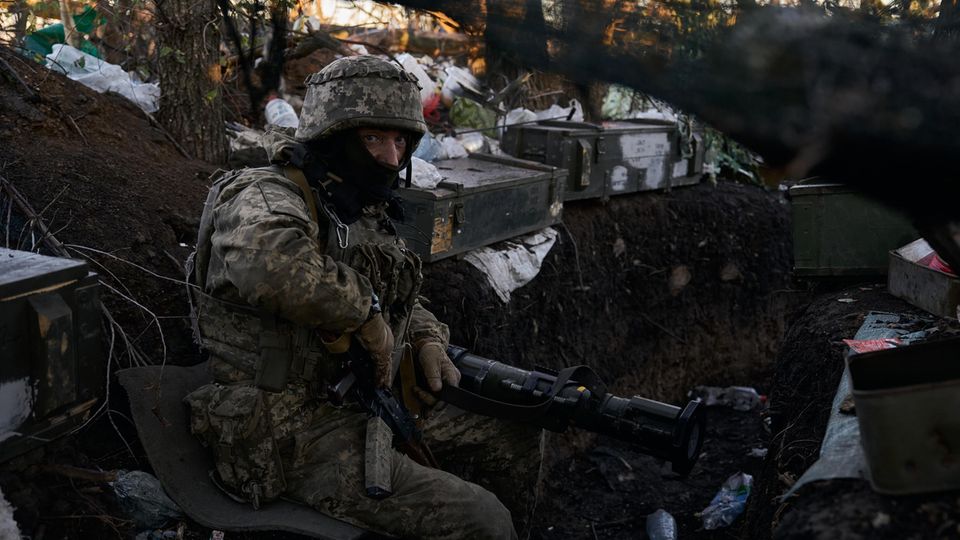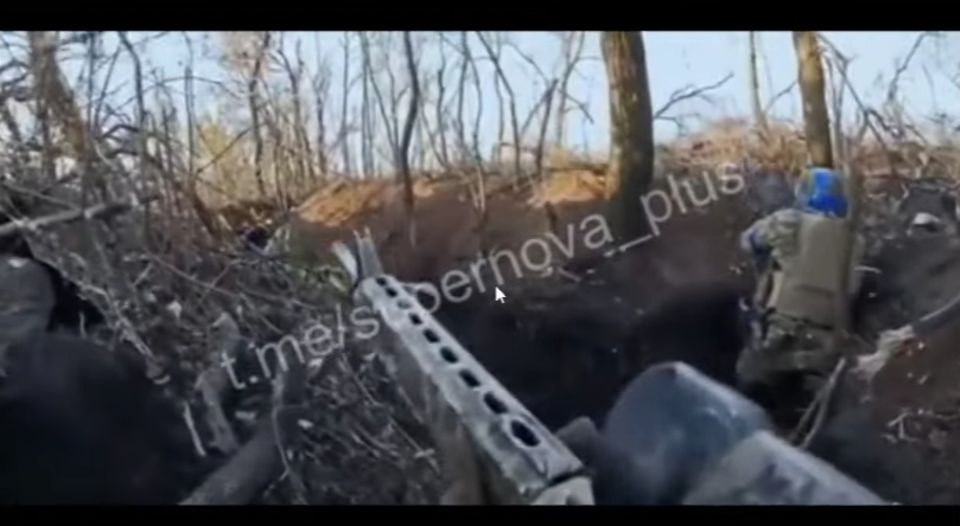War in Ukraine
News from the front: Cluster ammunition in XXL, blasting tunnels and women in the first line
Ukrainian shooter in training
© Livier Chassignole / AFP
Despite hard fighting, neither side can claim any real success on the ground. But the Ukrainians and Russians are working on their tactics and technology. This is new on the battlefields of Ukraine.
Cluster ammunition in XXL
In July it was decided to supply cluster ammunition from the USA. This ammunition is fired by normal howitzers. Because the head breaks up into a multitude of warheads over the target, the radius of destruction is far greater than that of a single warhead grenade. The bomblets are effective against lightly armored vehicles, but especially against infantry in open fields and in trenches. The Russians have stepped up their game in recent weeks. They have managed to convert their old RBK-500 cluster bombs into glide bombs. With the help of a simple set of equipment, the bomb does not fall down, it glides many kilometers on small wings towards its target and can hit precisely thanks to satellite navigation.
In principle, the RBK-500 acts like a cluster artillery ammunition. There are only two differences: Firing artillery always runs the risk of being recognized and fought by the enemy, be it with Drones or with artillery. The glide bomb, on the other hand, is released beyond the reach of Ukrainian air defenses. There are different variants of the RBK-500 depending on the submunition used – even models with armor-piercing shaped charges or target-seeking explosive devices were built. The bomb is significantly heavier than a grenade; one bomb releases up to 500 bomblets. The effect is devastating. With just one bomb, large trench systems such as rows of trees can be cleared out.
Robot machine gun
The use of remote-controlled machine guns is known from the Syrian war. Now the Russians came across such a weapon south of Avdiivka. Apparently it was MG placed in a mini bunker. The Russian stormtroopers were unable to disable the machine gun, eventually using artillery and bombs to destroy the robot. Robot machine guns are suitable for defending lost positions and covering your own retreat. The disadvantage is that the weapon cannot be reloaded and the barrel must not overheat because no one can replace it. The position can be very small because it doesn’t have to protect people. There was probably also an element of surprise here. If the enemy has recognized that it is an unoperated weapon, it can be switched off by bypassing the firing and pivoting range of the rifle.
Mine tunnel
In Donbass, the Russians have reactivated technology from the First World War. There they create tunnels instead of trenches in order to be able to move and supply their own troops unnoticed. It was only a matter of time before they also created mine tunnels. That’s what they did. These tunnels are dug through no man’s land beneath a dominant Ukrainian position, then a massive explosive charge – the mine – is deposited there. Their explosion blows up the enemy’s entire position. The neighboring troops are in shock due to the strength of the explosion. Immediately after the explosion, the position was stormed. Attempts to destroy the Ukrainian positions with explosive vehicles failed because the explosive tanks hit a mine and broke down. The tunnel technology is promising. Especially since the Donbass is a mining region and such tunnels can be built much more quickly today than in the First World War.

This mine was detonated beneath a Ukrainian position.
© Telegram
Drone technology I – “Baba Yaga drones”
Smaller quadcopters dominate the fighting in Ukraine. Larger quadcopters have rarely been seen, although such aircraft are widely used in agriculture. The payload is then over 20 kilograms, some models can lift 40 or even 60 kilograms. The higher the payload, the larger and more unwieldy the drone becomes. Ukrainians and Russians have now militarized the larger cargo drones. Kiev shows a video with a mother drone, which in turn carries small kamikaze drones. The intention is to extend the flight or lurking time of the kamikaze drones. The approach to the operational area and the rough spying of the enemy is done by the mother drone, the small attack drone then starts with fresh batteries.
Almost at the same time, the Russians demonstrated their own cargo drone; it was used to drop a whole group of explosive charges. “Baba Yaga” is the name of a Slavic fairy tale character similar to the witch in Western European fairy tales. The eerie old woman was named after the larger drones because she rides through the air in a wooden barrel
Drone technology II – night vision for disposable drones
Night vision technology dominates combat in the dark. At times, Ukraine had an advantage here because Western sanctions led to a shortage on the Russian side. So far, both sides have been reluctant to install this complex technology in cheap disposable drones. With a kamikaze drone, the drone is also blown up. Several Russian videos now show the use of kamikaze drones with night vision technology. This is significant in two ways. For one thing, Moscow appears to have completely overcome the lack of night vision technology. On the other hand, this use further strengthens the importance of drones. Now movements on the ground become risky even at night; the glass battlefield lasts 24 hours.
Women to the front
Throughout the conflict since the Russian attack, women have been seen occasionally at or near the front. Supporters, paramedics and individual volunteers among the combat groups. But now Kiev appears to be sending women straight to the front as regular soldiers. Two videos suggest this. One shows a trench within a row of trees, which in this section is occupied exclusively by women. Apparently the enemy is right in front of the position because a soldier throws a grenade. Another now Russian video shows a captured Ukrainian trench. Apparently several of the dead on the ground are women, but only one fallen soldier is shown. The use of women directly on the contact line is unusual and indicates Kiev’s personnel shortage. Many armies that use women avoid this type of deployment because female losses are said to particularly depress the morale of the troops.
The women in this section repel a Russian attack on their trench.
© Telegram





